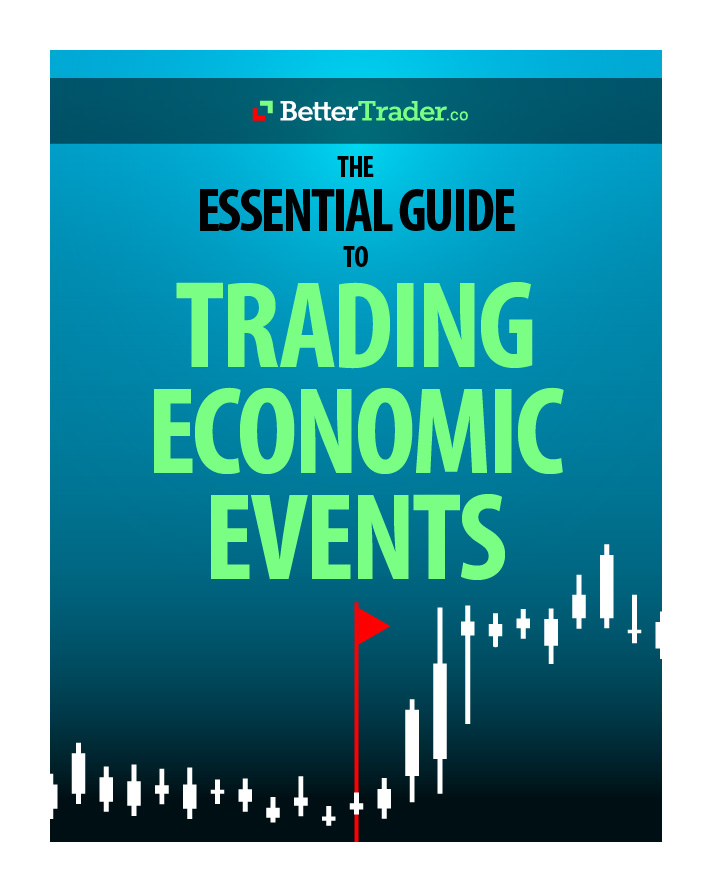Risk vs. Reward – It’s not all about winning
Amateur traders are constantly looking for the huge trade. They are looking for that home run trade that will take them to retirement. Unfortunately, there is practically no such thing. One must learn how to trade consistently and wisely. Professional traders have already grasped that idea, and are always looking for the next good trade with a considerable good risk-reward ratio. They would rather be consistent as opposed to wildly swinging for the fences.
You might think you need to win as many trades as possible in order to make a profit, but actually, that’s not true. Being profitable is based on several different factors, and success rate is only one.
This article is about applications of four basic concepts- stop loss, entry point, profit target, and risk-reward ratio. If you’re looking for a more in-depth explanation of any of those concepts, you can read one here.
Entry Point
An entry point the price at which a trader initiates a position by buying an asset.
People assume that there always has to be a profitable entry point, but that’s not true. Sometimes that graph just doesn’t project any good trades for the near future due to its low volatility in both directions. You must be patient and wait for the right time to take a position in a certain market.
Stop Loss
A stop loss is the price at which you recognize a trade is not going well for you, and get out of the trade to cut your losses. The difference in price between your entry point and your stop loss is the maximum amount of money you could lose on the trade. Therefore, stop loss is associated with the risk of a trade.
Risk = entry point – stop loss
You must focus on the risk before the reward, by choosing a stop loss first. If you choose at the wrong price you can find yourself losing a lot of money fast. When looking at the graph you want to see where the highs and lows of price fluctuations are. For example, day traders use a graph showing the price fluctuations over the past two days. For stop-loss we are more focused on the low points. Ideally, you identify a trend in the low points, and make an estimate based on that. You can check out a more in-depth analysis on how to set a stop loss if you want to learn more about that process.
Profit Target
A profit target is essentially the opposite of a stop loss. It’s the point where the trade will close when your trade idea was right. One reason a profit target is used is to remove the emotion out of trading. It allows you to place a trade and allow it to play out, as opposed to you making rash emotional decisions. Without a profit target, trades sometimes get carried away by market hype. They don’t cash in and recognize their profit because they think they can make a larger profit by waiting. This makes them much more likely to still be holding onto an asset when the price falls.
A profit target indicates the maximum amount of profit you could make from a trade. Therefore, in the same way that the stop loss relates to the risk of a trade, the profit target relates to the reward of a trade.
Potential reward = target profit – entry point
Risk and Reward
If you use all three points from above, you will be able to understand your risk and reward before placing the trade. This is essential because if you trade in the spur of the moment without a plan, you won’t be successful long-term. People usually compare risk and reward by using the risk-reward ratio.
Risk-reward ratio = potential reward / risk
Risk-reward ratio = (target profit – entry point) / (entry point – stop loss)
Now the question is, what would be considered a good risk-reward ratio for a trade to be worth making? Generally, traders believe anything above 1:1 is a good trade idea. For example, if your potential reward is $5, but your risk is $10, you don’t have a good potential trade. Your risk-reward ratio is 5/10, or 0.5:1. If the roles were reversed and your risk was $5 for the possibility of $10, that’s a much better trade. Your risk-reward ratio is now 10/5, or 2:1.
Many traders don’t follow their plan due to emotion. When their trade starts going downward, people will move their stop-loss lower in hope that their trade will bounce back up. Traders need to know that it takes time to estimate trades before initiating them. One needs to be patient and follow their plan. A trader shouldn’t lower a stop-loss after it’s been set.

How much does winning really matter?
When they start losing money on a trade, many traders just wait for the market to bounce back to the entry point. That may work most times, but when it doesn’t work you can lose a lot of money. A person might be trading, and making a profit 9/10 times, but that one time their commodity doesn’t recover can result in a big loss.
On the other hand, someone who only wins 7/10 trades can be making money. How? Their losses are all smaller. The find the right time to enter a trade, then they set stop-losses wisely and stick to them. That other trader, who’s successful 9/10 times, is still losing money because that one loss is so big. Most traders who lose money and quit trading don’t lose it slowly. They have a few huge loses that wipe our their account, leaving them with no option but to leave the market.
It’s crucial to take your time when taking positions and putting down capital. It’s not worth taking the easy way out and waiting for a certain market to go up. This might work in the short term, but in the long term it will never work. You will find yourself running out of cash fairly quickly. Winning a high proportion of your trades is a good goal, but consistently taking positions with a smart stop loss, profit target, and entry point will make more money in the long run.














